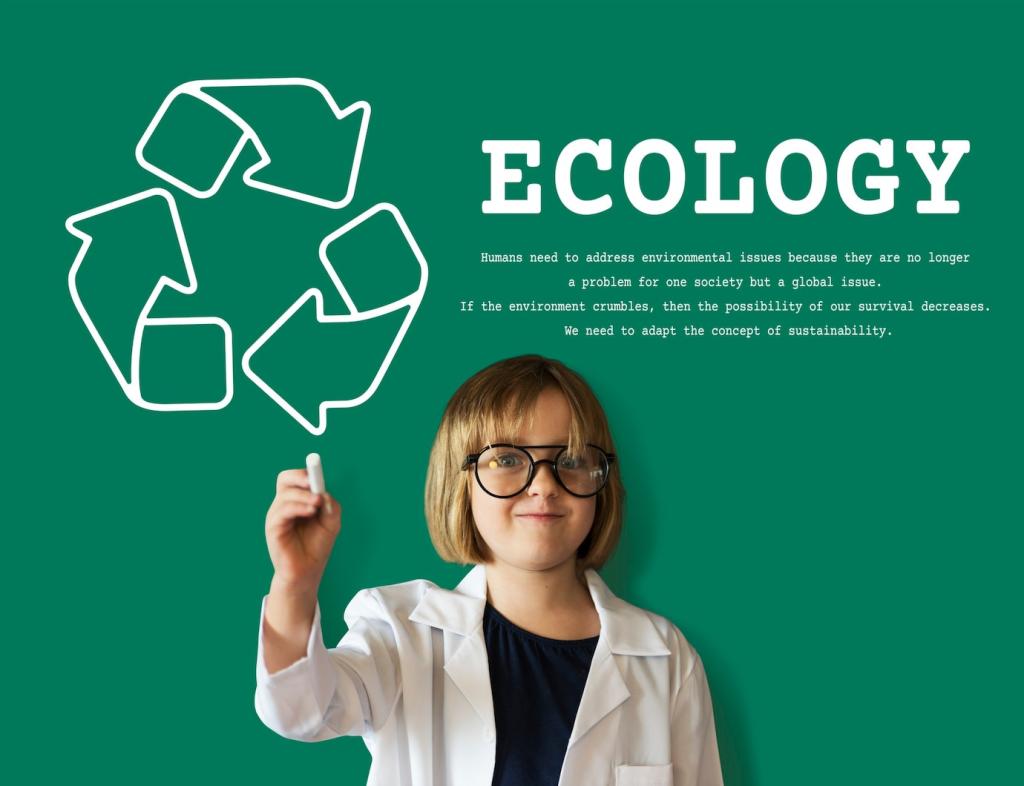
Chosen Theme: The Role of Sustainability in Contemporary Design
Today’s chosen theme is The Role of Sustainability in Contemporary Design. Together, we’ll explore how thoughtful choices—from materials to metrics—can reduce impact, uplift communities, and inspire design that endures with beauty and purpose. Join the conversation, share your experiences, and help shape a more sustainable design culture.
An often-cited industry insight suggests up to 80% of a product’s environmental impact is locked in at the design stage. That means material choices, assembly methods, and lifespans are not afterthoughts. They are the blueprint. Tell us: which early decisions do you prioritize to keep footprints small?

Materials That Matter
Regenerative and Recycled Choices
Recycled aluminum, reclaimed timber, and post-consumer plastics can rival virgin materials in performance while dramatically lowering embodied carbon. Designers who specify recycled content signal demand to suppliers. Which recycled material has surprised you most in real-world use? Share your test results and tips.
Bio-Based Breakthroughs
Mycelium foams, hempcrete, cork, and fast-growing bamboo offer low-impact, tactile alternatives to petrochemical-heavy products. Their textures invite touch, while their carbon profiles reward the planet. Have you experimented with bio-based materials in prototypes or interiors? Tell us how they performed over time.
Traceability and Certifications
FSC wood, Cradle to Cradle Certified products, and third-party Environmental Product Declarations bring transparency to complex supply chains. Traceability builds trust and helps teams make better trade-offs. What certifications guide your specifications, and how do you communicate them to clients or stakeholders?
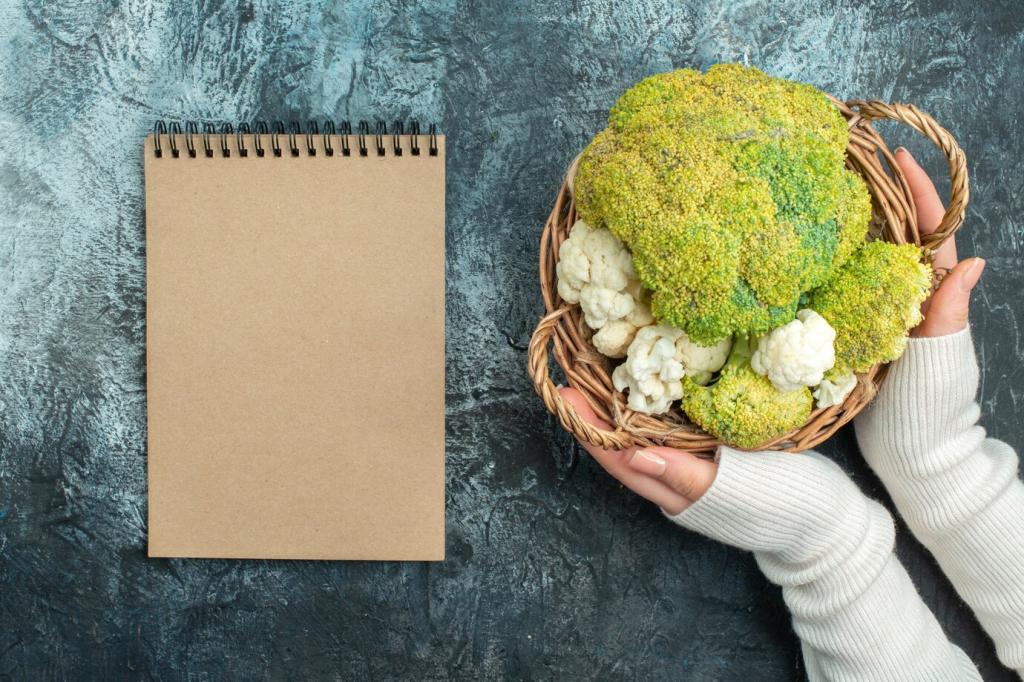


Circularity in Practice
Swappable fasteners, clear labeling, and mono-material components make repairs simple and end-of-life processing efficient. When parts come apart cleanly, recycling has a fighting chance. Have you published a disassembly guide or included it in packaging? Share your approach so others can replicate success.
Circularity in Practice
Modular components extend lifespans by turning failure points into replaceable parts. Repair cafés and maker spaces help communities maintain what they own. If you have a favorite modular system or a repairable product story, leave a comment and inspire a repair-friendly mindset.
Visible recycling stations, intuitive wayfinding, and delightful reusables make better choices effortless. Small frictions—like hiding single-use items—shift habits without lectures. What behavioral cue have you embedded that genuinely changed how people act in a space or product context?
Human-Centered Sustainability
Measuring What Matters
Life Cycle Assessment in Action
LCA tools quantify impacts from cradle to grave, comparing materials, finishes, and assembly methods with surprising nuance. Even early-stage LCAs steer teams away from high-impact choices. What tools or databases are your go-to, and how do you translate findings into clear design decisions?
Embodied vs. Operational Carbon
Operational carbon falls with efficient systems and renewables, but embodied carbon is spent upfront. Low-carbon concrete, mass timber, and recycled metals help redesign the baseline. Share a project where embodied carbon drove a significant pivot, and what trade-offs were worth making.
Data-Driven Prototyping
Sensor-rich mockups and digital twins test real-world performance before committing to production. Fast feedback loops reduce waste and increase confidence. If you’ve used monitoring to refine airflow, lighting, or acoustics, describe the insights you gained and how they shaped the final design.
Stories from the Field
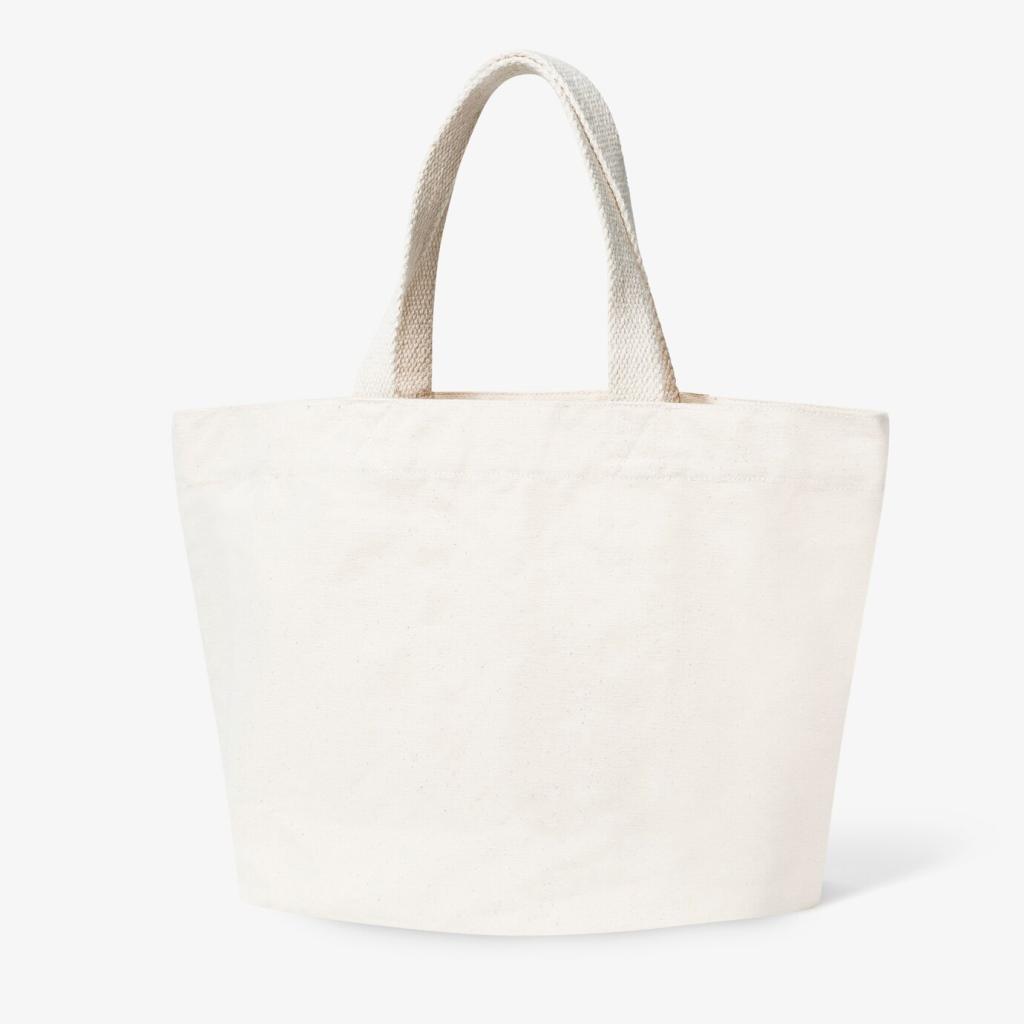
The Library That Learned to Breathe
A small-town library retrofit prioritized daylight, cross-ventilation, and reclaimed shelving. Energy use dropped, and visits rose as spaces felt calmer and brighter. Librarians now host workshops on climate literacy. Could your next project invite the community to experience sustainability first-hand?
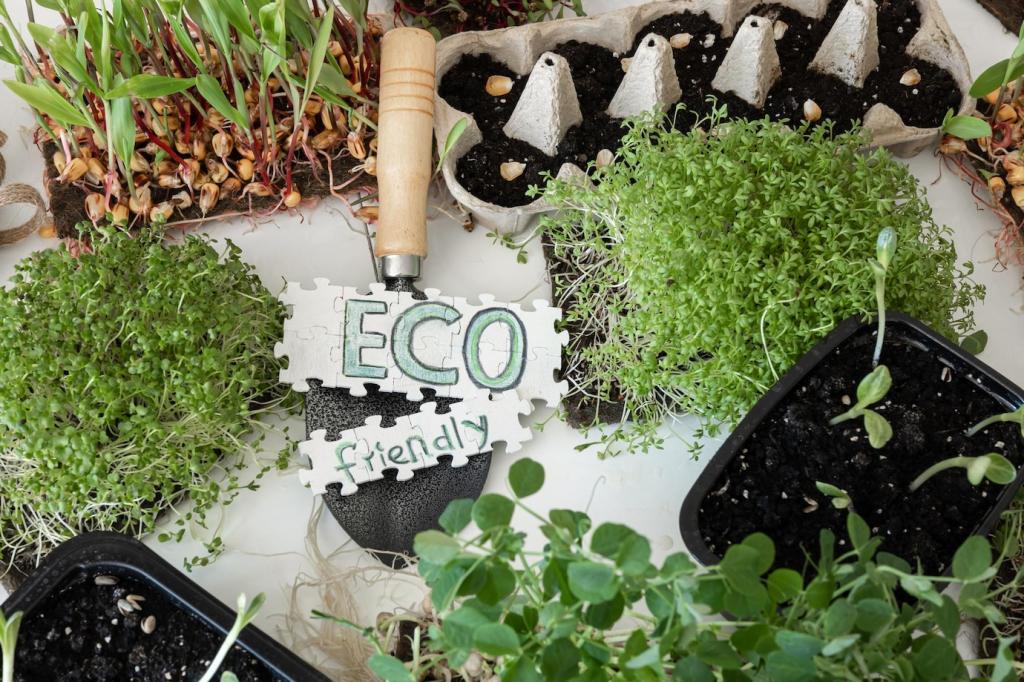
A Packaging Rethink
A skincare brand cut plastic by 70% through refill pouches and paper-based mailers with water-activated tape. Customers loved the unboxing ritual and the transparency about materials. Which packaging tweak has delivered the biggest impact-to-effort ratio in your work?
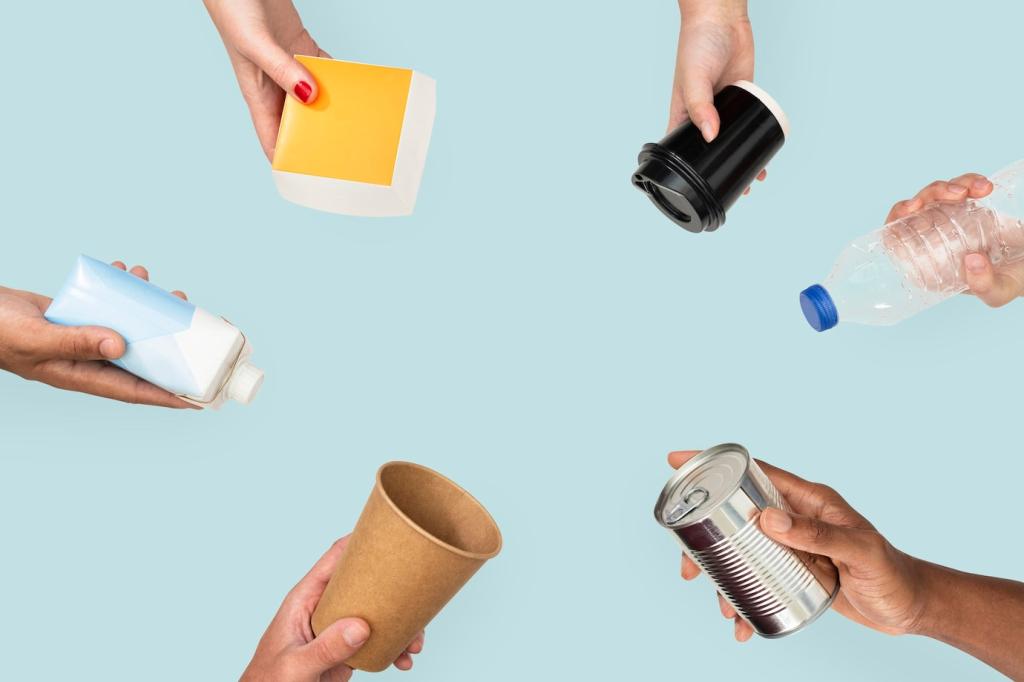
The Chair with a Second Life
A furniture studio designed a chair with replaceable seat shells and standardized hardware, selling spare parts alongside the product. When fabric trends changed, customers refreshed rather than replaced. How might your designs invite upgrades instead of obsolescence?
How You Can Join In
Pilot a recycled material in one component, publish the data, and invite critique. Small wins build momentum and credibility. Tell us what you’ll trial this month, and we’ll cheer you on and help troubleshoot together.
How You Can Join In
Bring engineers, suppliers, and community voices into early workshops. Shared constraints spark smarter solutions and fewer costly pivots. Comment with a partner you’d recommend others meet—let’s weave a stronger sustainability network across disciplines.

